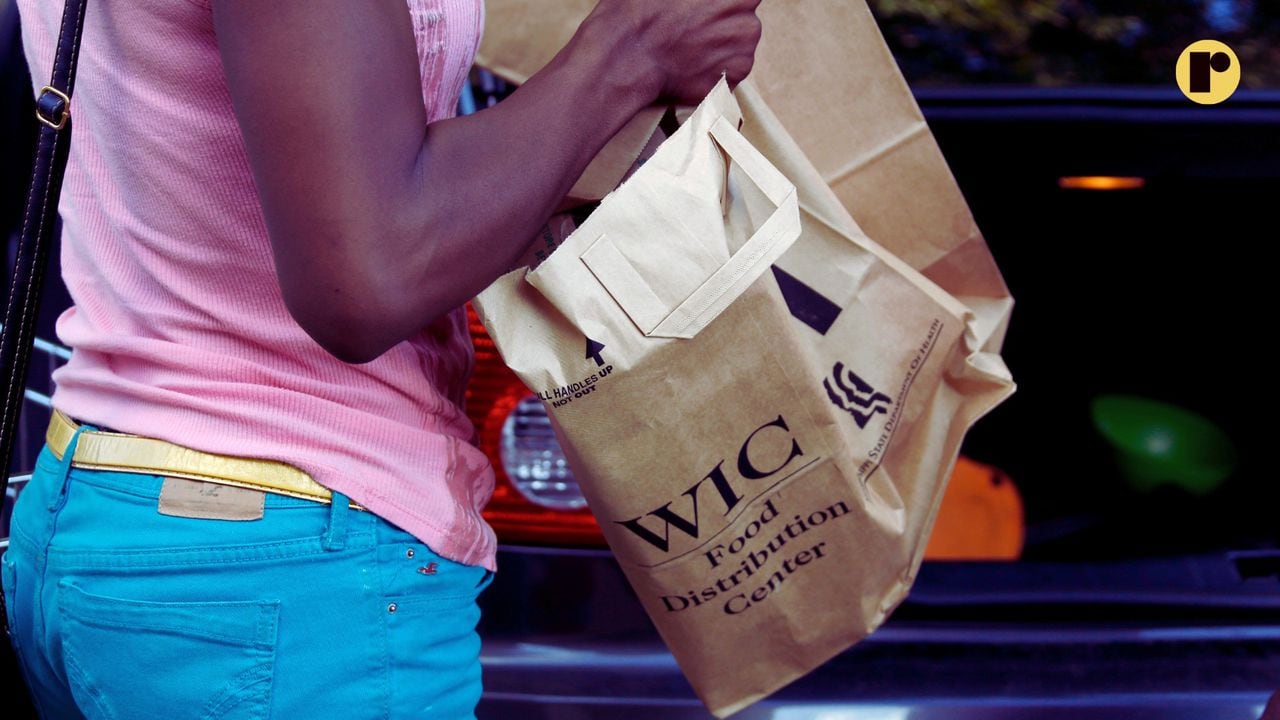WIC, a vital nutrition lifeline for millions, faces looming funding crisis
Women, Infants and Children (WIC), the Special Supplemental Nutrition Program for Women, Infants, and Children, is facing an unprecedented funding crisis that could jeopardize food security and health for millions of low-income pregnant women, new mothers, infants, and young children.
Advocates and families relying on WIC sound the alarm: a $1 billion budget shortfall jeopardizes not only food security but the far-reaching support the program offers millions of low-income women and young children.
If WIC funding falls short, states would be forced to prioritize applicants based on medical risk. This means individuals such as non-breastfeeding parents and children with nutritional risk, but without diagnosed medical conditions, would be the first denied or put on waiting lists. Even more concerning, states could be forced to deny children as young as one, with documented medical risks, potentially jeopardizing their health and development.
“WIC is an off-ramp for poverty,” said Paul Throne, WIC director for Washington state, to NBC News on Feb. 20. He says each year, WIC employees make about 1.5 million referrals to medical, social and other food assistance programs for participants. “It’s just a terrific program. It shouldn’t be subject to this kind of debate.”
Despite a long history of bipartisan support, WIC’s current funding may not meet the rising costs of food and higher-than-expected program participation. This shortfall could force states to implement drastic measures, such as turning away eligible applicants, putting families on waiting lists and reducing benefits for current participants.
Why WIC matters
WIC is a highly effective program with proven benefits and its far-reaching impact is evident with the program serving nearly 6.6 million participants, including 40% of U.S. infants. This reach is further underscored by the recent growth in participation after a decade of decline.
“It’s women, infants, and children,” Agriculture Secretary Tom Vilsack said about WIC at a press event in March 2021. “That is an incredibly important subset where we really have to focus, because if kids start off well, if they get the proper nutrition and begin to learn at a very early age the opportunities for nutritious, delicious food that involves fruits and vegetables and whole grains and so forth, then, over time, they become consumers of those products.”
WIC participants have improved health outcomes and healthier pregnancies, lower rates of infant mortality, and children with better overall health and development.
In addition, WIC provides tailored nutritional support and guidance to pregnant women, helping them maintain a healthy weight and access vital nutrients. This translates into tangible benefits for both mother and child, reducing preterm births and healthier birth weights.
“It doesn’t make any sense to me,” said Brittany Oxley, a WIC participant and medical assistant for Valley Health in West Virginia who works with WIC mothers. “Most women are on WIC for the milk. They rely on this every month. If it gets cut, they’ll have to pay for it out of pocket, and right now, everything is so expensive,” said the single mother of two to USA TODAY in April.
The program also helps lower infant mortality rates, which remains a concerning issue in the US. Infants whose mothers participate in WIC have significantly lower mortality rates, demonstrating the program’s lifesaving impact.
Participants also see reduced healthcare costs and support for economic stability. Studies show that every dollar invested in WIC saves over $2 in future healthcare expenses. WIC helps families afford healthy food, freeing up resources for other necessities and reducing financial stress.
A disproportionate impact
The potential loss of WIC benefits would disproportionately harm Black and Latino families who rely more heavily on the program. This could exacerbate existing health disparities and deepen cycles of poverty.
The funding shortfall could force WIC to turn away 2 million eligible parents and children by September, disproportionately harming Black and Latino families; some states may begin waitlisting as early as March.
“Even with the WIC program as it is, families are still struggling and having difficulty making those ends meet and getting what they need,” said director of perinatal programs at Mothers & Babies Perinatal Network, Christie Finch to WXXI News on Feb. 15. “So I can’t imagine what they would do. They would be desperate, even more desperate than they are now.”
What’s next
Advocates and healthcare experts urge Congress to swiftly provide the necessary funding to ensure WIC can continue to serve all eligible families. If not, the budget cuts could leave 1 in 5 children without vital support, potentially devastating Black, Latino, rural, and single-parent households.
“Republicans are refusing to fully fund the programs families desperately need, and now 2 million new parents, babies, and children could pay the price,” said ParentsTogether Action executive director Ailen Arreaza to Common Dreams. “If Congress doesn’t act immediately, new parents struggling to buy food and formula for their families will be turned away.”
How to get involved:
- Contact your representatives: Let your Senators and Representatives know that WIC funding is a priority.
- Spread awareness: Share information about the potential funding crisis on social media and with your community.
- Support WIC advocacy organizations: Donate to or volunteer with organizations working to protect WIC.
